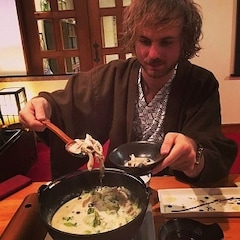10 Anime With Real-life Locations in Japan!
For the anime fan, there’s nothing more thrilling than finding a scene from your favorite series in real life! Luckily, Japan is full of real-life locations used as anime settings just waiting to be discovered!
By Steven CsorgoWhile there are hundreds to choose from, we’ve selected 10 anime that use fascinating and unique real-life settings worthy of visiting! We’ve also ensured a balance of locations across Japan, so you can tour lots of the country on anime alone! Even without their anime connection, each one of these places makes for exciting sightseeing and are easy to get to!
10. Rascal Does Not Dream of Bunny Girl Senpai (2018) - Kanagawa
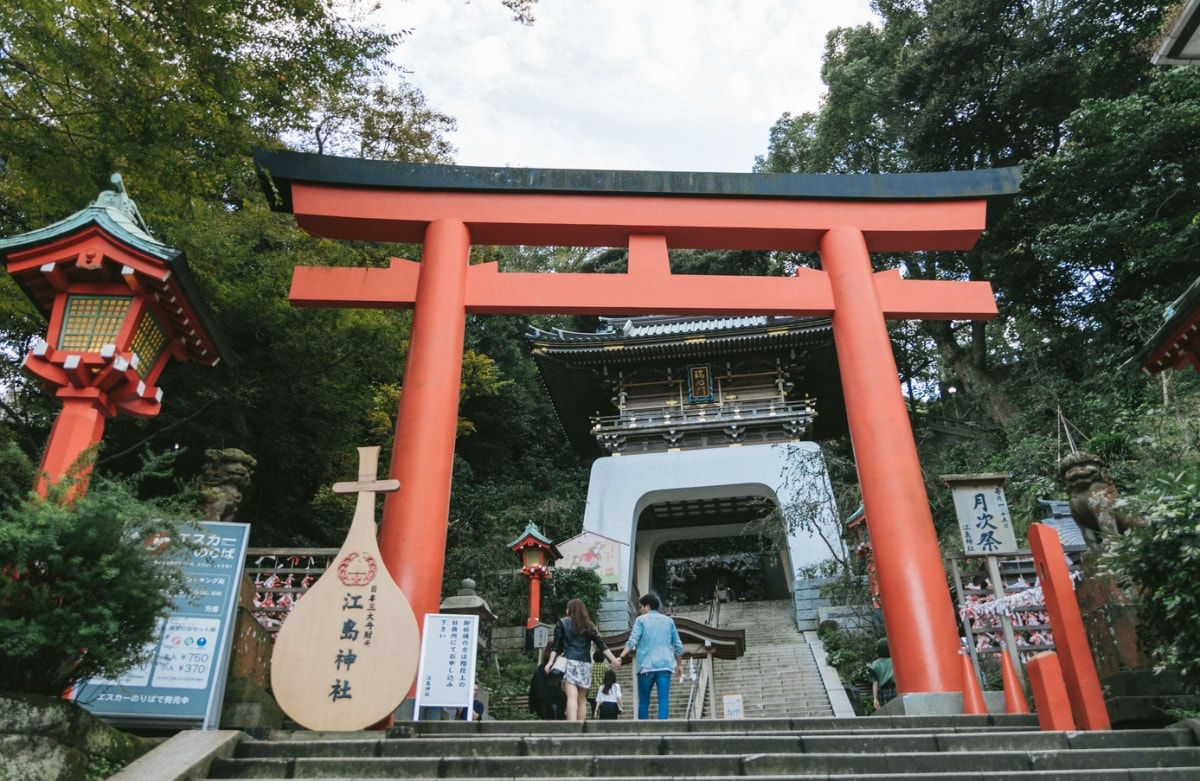
https://www.pakutaso.com/20161221336post-9719.html
Most of Bunny Girl Senpai takes place in Japan's second most populous prefecture, Kanagawa (神奈川県). Renowned as a beachy and laid-back area popular with tourists, there is lots of anime-related sightseeing to do here!
Among its numerous settings, the biggest highlight is Enoshima (江の島), a tiny island off the coast of Fujisawa City (藤沢市) that is connected to the mainland via bridge. Attractions seen in the anime include the stunning Enoshima Shrine (江ノ島神社) and the Nakamise Shopping Street (仲見世通り), where you can sample the scrumptious whitebait famous in the area. The widely publicized promotional image featuring the titular bunny girl in front of a jellyfish aquarium is from Enoshima Aquarium’s Jellyfish Fantasy Hall. A short walk from the island along the mainland coast will bring you to Shichirigahama Beach (七里ヶ浜), where many of the anime’s dramatic beachside scenes take place.
9. Love Live! Sunshine!! (2016) - Numazu
😈いったいどこまで走るつもり?
— めんだこ(沼津産) (@llsschi) June 1, 2019
💮まる もうだめずら〜
🍭花丸ちゃん!?#弁天島神社#沼津まちあるき pic.twitter.com/PWuB8s0nCR
Since 2012, the Love Live franchise has been an enormous multimedia sensation in Japan, and its sequel, Love Live! Sunshine!! was naturally a huge hit. Unlike its predecessor’s boisterous Tokyo setting, Sunshine mostly takes place in the small city of Numazu (沼津市), above the Izu Peninsula. The city has a lot to offer and can be visited as a day trip from Tokyo. Iconic locations from the anime include Numazu Station (沼津駅), Nakamise Shopping Street (仲見世商店街), the Kano River (狩野川), and Bentenjima Shrine (弁天島神社) (pictured).
However, the biggest highlight is in the Uchiura Mito (内浦三津) district, where you can find the model for the traditional Japanese inn that idol Chika and her family run and live in. In real life it is called Yasudaya Ryokan (安田屋旅館), and it is open for business! You’ll notice loads of similarities between the real and fictional version both inside and out!
8. Neon Genesis Evangelion (1995) - Hakone
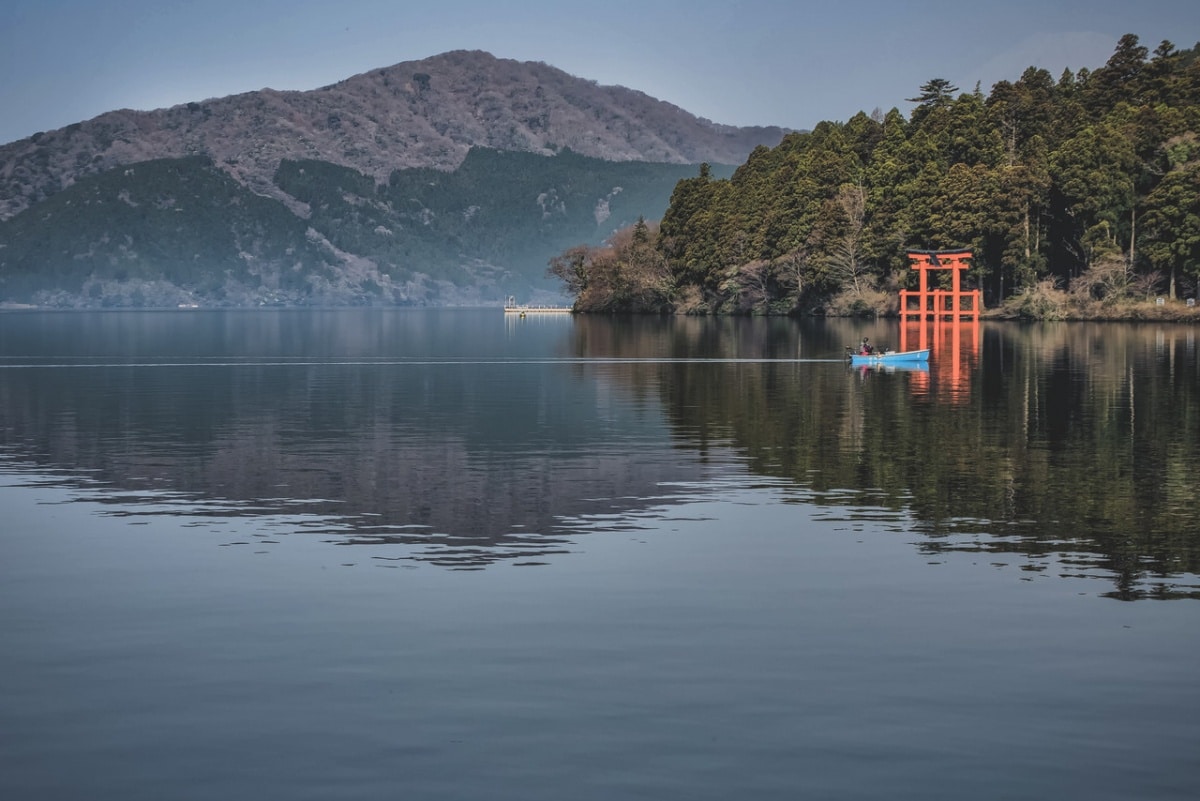
https://www.pakutaso.com/20180614158post-16420.html
While Neon Genesis Evangelion takes place in a barely recognizable post-apocalyptic world, there is enough of the mountainous hot spring Hakone (箱根) region featured to warrant a visit. Within the story, Hakone, around two hours by train from Tokyo, is the site of the fortified city of Tokyo-3 and its mountains, lakes, and streets are often ravaged by fierce fights between the Eva Units and the Angels. One iconic location is Lake Ashi (芦ノ湖), a gorgeous lake with Mt. Fuji views and an eye-catching torii gate in the water (pictured). The lake acts as the battleground for Shinji and Rei’s fight against the powerful angel Ramiel in episodes five and six. Those with keen eyes might be able to spot the lake’s torii gate in the 2007 film remake.
Even if you don’t find any recognizable locations, Hakone has become enough of a pilgrimage site to prompt the development of Evangelion-themed stores, restaurants, attractions, and more! This includes the recent addition of a two-meter tall Evangelion Unit-01 and diorama of the Nerv complex at Togendai Station (桃源台駅), a terminal on the Hakone Ropeway.
7. Durarara!! (2010) - Ikebukuro
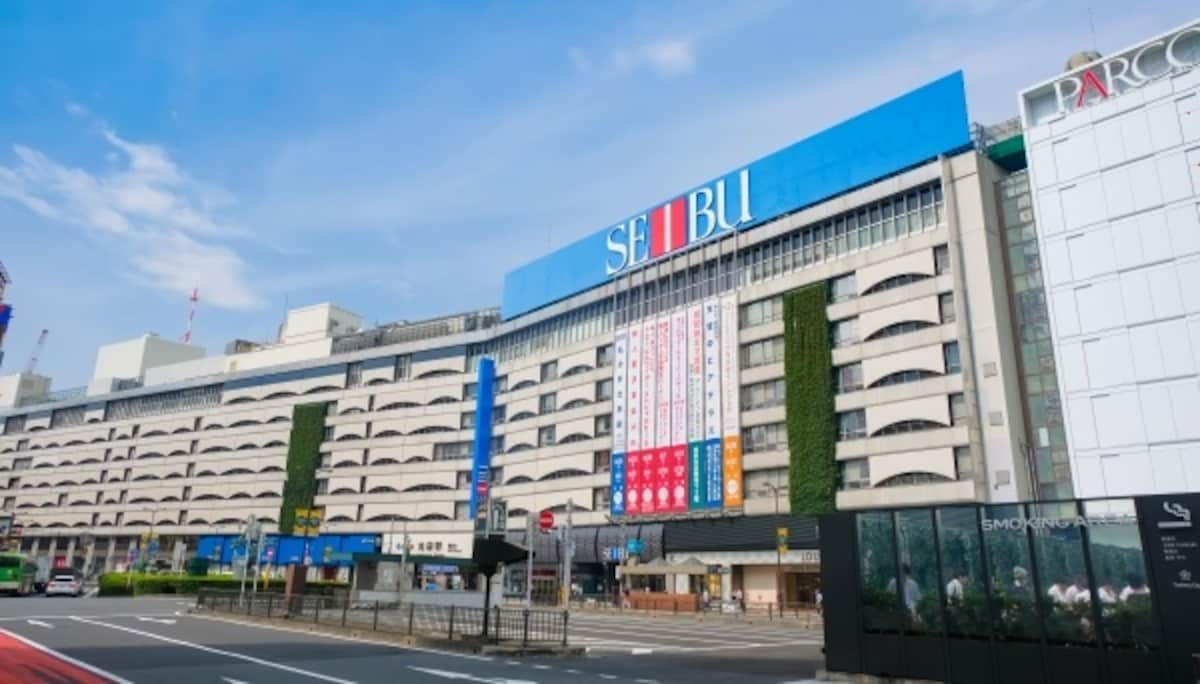
https://www.photo-ac.com/main/detail/1242240?title=%E6%B1%A0%E8%A2%8B%E9%A7%85%E6%9D%B1%E5%8F%A3%20%E9%A7%85%E5%89%8D&searchId=48147534
The complex urban crime drama Durarara!!, based off a light novel of the same name, liberally uses the sights and sounds of Ikebukuro (池袋), with a helping of the supernatural! Ikebukuro, a boisterous commercial district of Tokyo, is a popular youth hang-out and otaku heaven. The city is used so strongly that you’ll doubtlessly run into scenes from the anime almost everywhere you look! Places include Ikebukuro Central Park, Sunshine City 60 Street, Sunshine City, and the Seibu Intersection (pictured). The first episode heavily features Ikebukuro Station (池袋駅) and its ikefukuro owl statue, so you’ll enter the world of Durarara!! the moment you step off the train! Just keep a look out for any flying vending machines!
6. When They Cry (2006) - Shirakawa-go
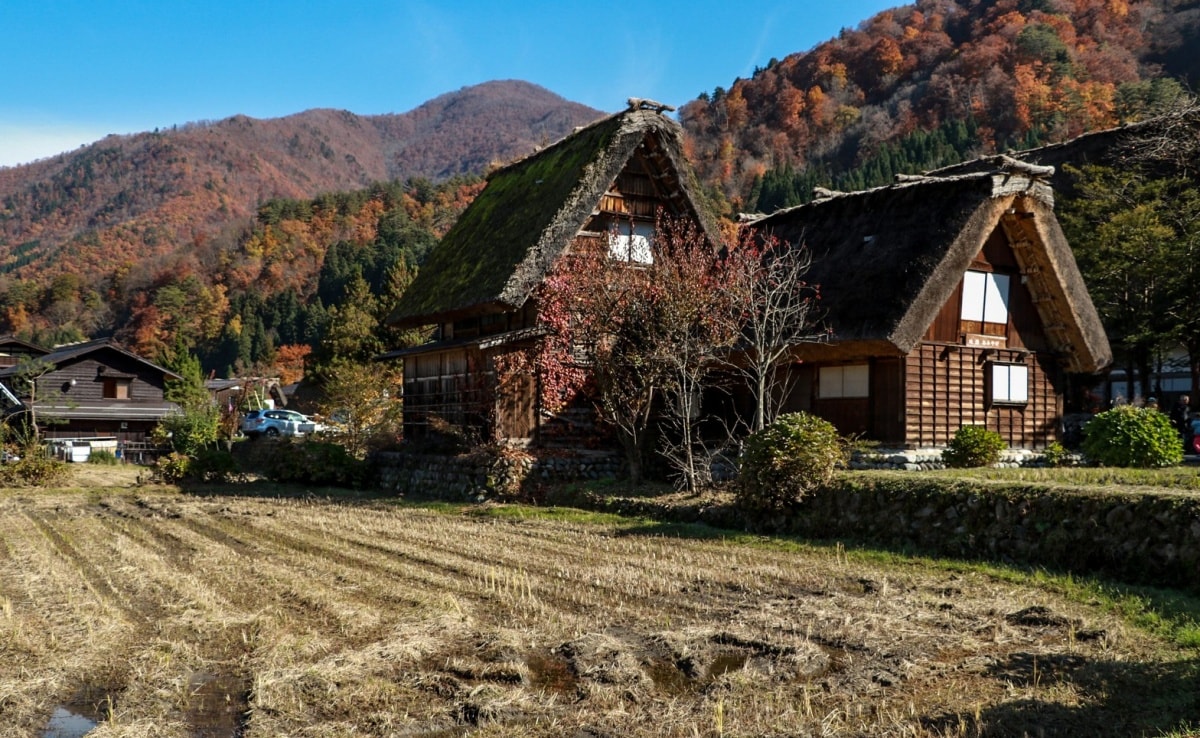
https://www.pakutaso.com/20200258036post-25632.html
When They Cry’s fictional setting is based on deeply historic village of Shirakawa-go (白川郷) in Gifu. Along with being a staple anime pilgrimage site, the town's dozens of ancient triangular thatched roof houses have earned it World Heritage recognition. While now an extremely popular tourist attraction, the town is still populated by residents enjoying a simple and steady lifestyle despite the fame.
Along with borrowing the town’s otherworldly ambiance, When They Cry directly lifts much of its scenery for its twisted story. Some famous locations include the Hachiman Shrine (白川八幡神社) and Wada House (和田家), together with various houses, bridges, and other bits and pieces you’ll be able to find by wandering around. See if you can spot Rika’s home!
5. Steins;Gate (2011) - Akihabara
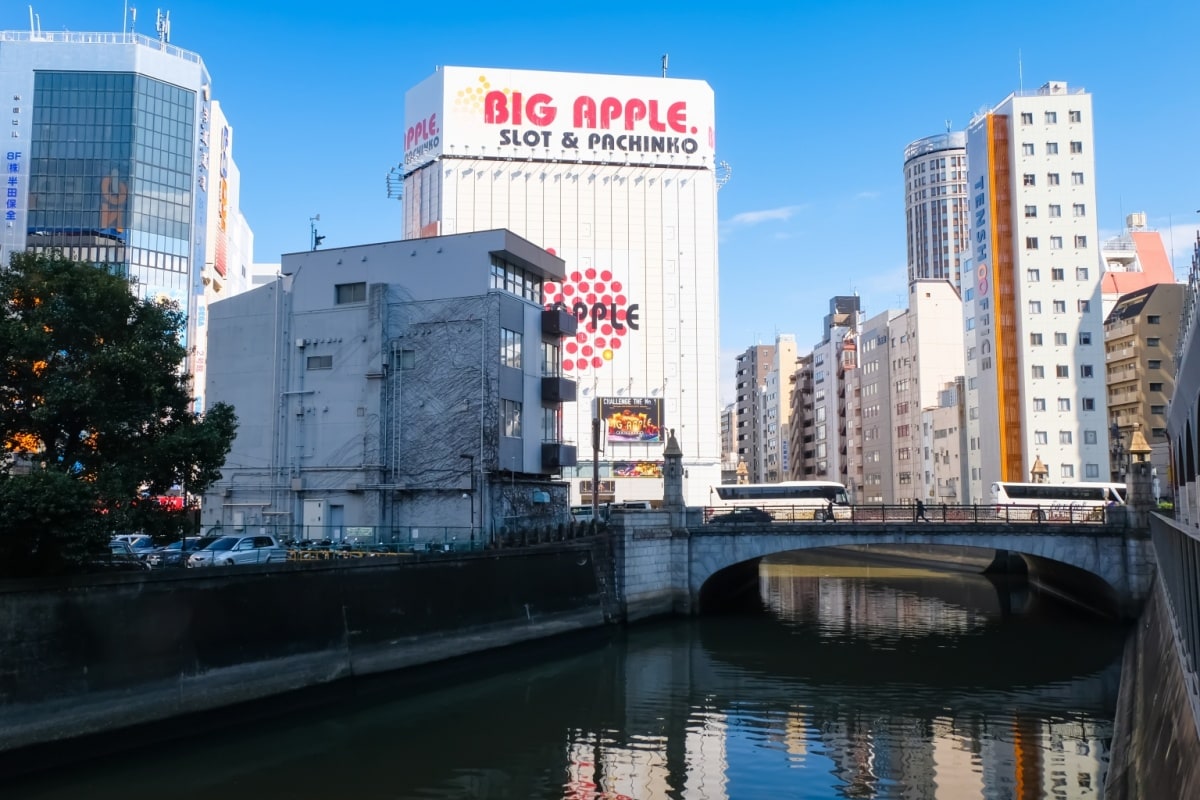
https://www.pakutaso.com/20190343063jr-32.html
Akihabara (秋葉原), known as the anime capital of Japan, sets the colorful stage for Steins;Gate - a tale of time travelling otaku vs international conspiracies. Wandering the city, you’ll surely come across locations related to Steins;Gate, along with dozens of other anime! For a basic Steins;Gate walking tour, start at Akihabara Station and head to the Akihabara Electric Town (秋葉原電気街). Both of these areas are heavily featured in several scenes throughout the series. The shrine where Ruka lives is based on Yanagimori Shrine (柳森神社 ), which can be reached from the station by crossing the photogenic Kanda Fureai Bridge (神田ふれあい橋), which is also featured in the anime (pictured).
However, by far the most important Steins;Gate location is the Akihabara Radio Kaikan (秋葉原ラジオ会館), where the time-bending events that kick off the thrilling story begin. While the original building was unfortunately demolished in 2011, a new, similar version was completed in 2014, making it still worth a look. No longer holding lectures, the building now contains several anime and manga stores, making it a hang-out for local otaku. After the anime first aired, a model of the time machine that crashes on the building’s roof was installed for a short period, making it a viral sensation in Japan!
4. Your Name (2016) - Yotsuya/Hida City
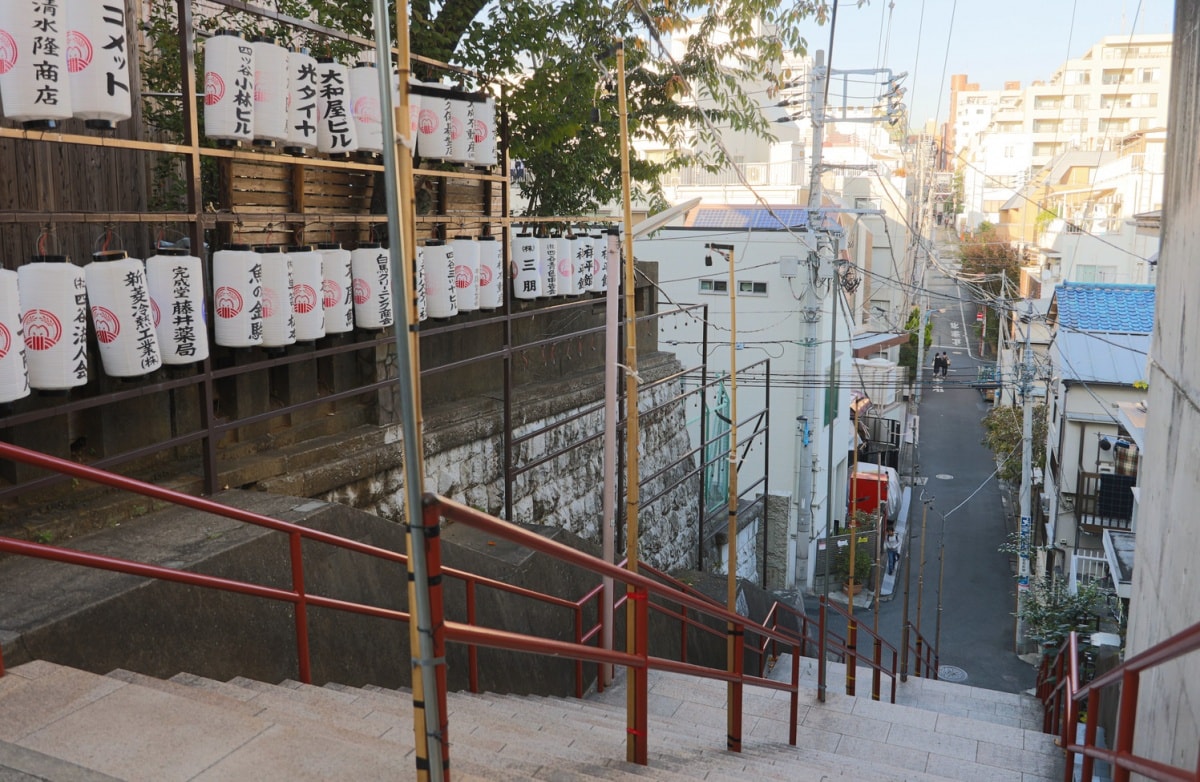
https://www.pakutaso.com/shared/img/thumb/kiminonaha458A9964_TP_V.jpg
The dramatic climax of smash-hit Your Name sees protagonists Taki and Mitsuha cross paths at the long staircase outside Yotsuya’s Suga Shrine (四谷須賀神社) in central Tokyo. This now iconic area, which was beautifully recreated in the anime, has reeled in visitors from all over the world trying to reenact the film’s final moments. Suga Shrine can be easily reached with a 15-minute walk from Yotsuya Station (四ツ谷駅).
For die-hard Your Name fans, the tour doesn’t stop at Tokyo! Mitsuha’s serine hometown, Itomori, is said to be based off Hida City (飛騨市) in Gifu. Like its anime counterpart, Hida is full of magnificent scenery, historical buildings, and traditional architecture. It's a tourist-friendly insight into rural Japan that definitely warrants a visit! Hida Library, Hida-Furukawa Station, and the Keta Wakamiya Shrine make distinct appearances in the film, while several bus stops, streets, and other locations can be spotted with keen eyes! The Hida Furukawa Sakura Gift Shop holds many of the area's traditional goods and offers visitors the chance to try the kumihimo (組み紐) traditional braiding technique practiced by Mitsuha and her family.
However, Hida City is missing the most memorable part of its fictional counterpart - the giant lake! This vast lake encircled by mountain range is instead believed to be inspired by Lake Suwa (諏訪湖) in Nagano Prefecture. However, this is refuted by the director himself, who stated Lake Matsubara (松原湖) in the same prefecture to be the inspiration. Despite the director’s assertions, in my opinion, Lake Suwa looks a lot more similar!
3. Jojo’s Bizarre Adventure Part 4 (2016) - Sendai
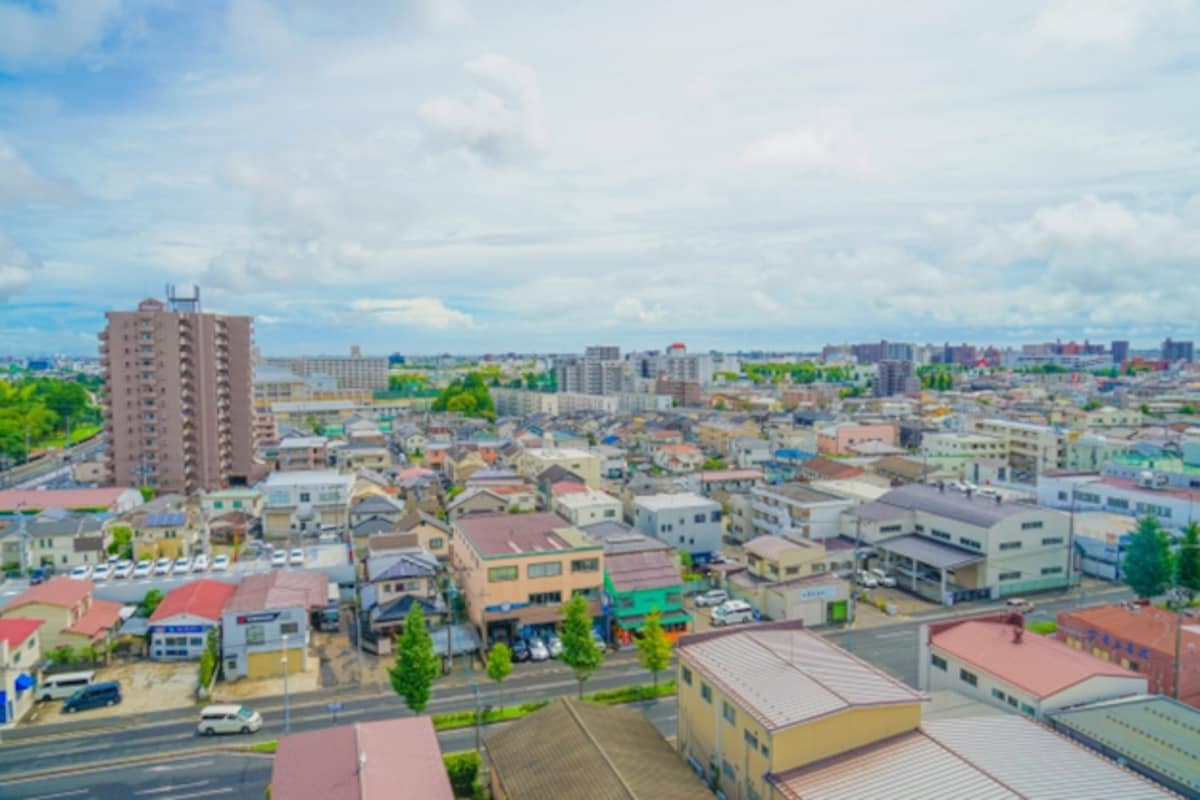
Being one of Japan’s most culturally and geographically diverse franchises, very little of Jojo’s Bizarre Adventure is actually set in Japan. However, this all changes with “Diamond is Unbreakable,” the 4th part of the 35-year-old series, which shifts in tone from the globe-trotting previous iterations in favor of a more relaxed slice-of-life, monster-of-the-week story taking place in Japan.
The shenanigans of Diamond is Unbreakable transpire in the fictional town of Morioh, modeled after the real-life city of Sendai, Miyagi Prefecture. Unlike the sleepy Morioh, Sendai is a bustling mid-sized city with plenty of excitement, and is most famous for being founded by legendary samurai Date Masamune, as well as being the birthplace of Jojo author Hirohiko Araki. While most of the sights from Jojo’s Bizarre Adventure are somewhat unremarkable, they offer glimpses into an everyday Japan unseen on the tourist trail, and will prove irresistible to fans.
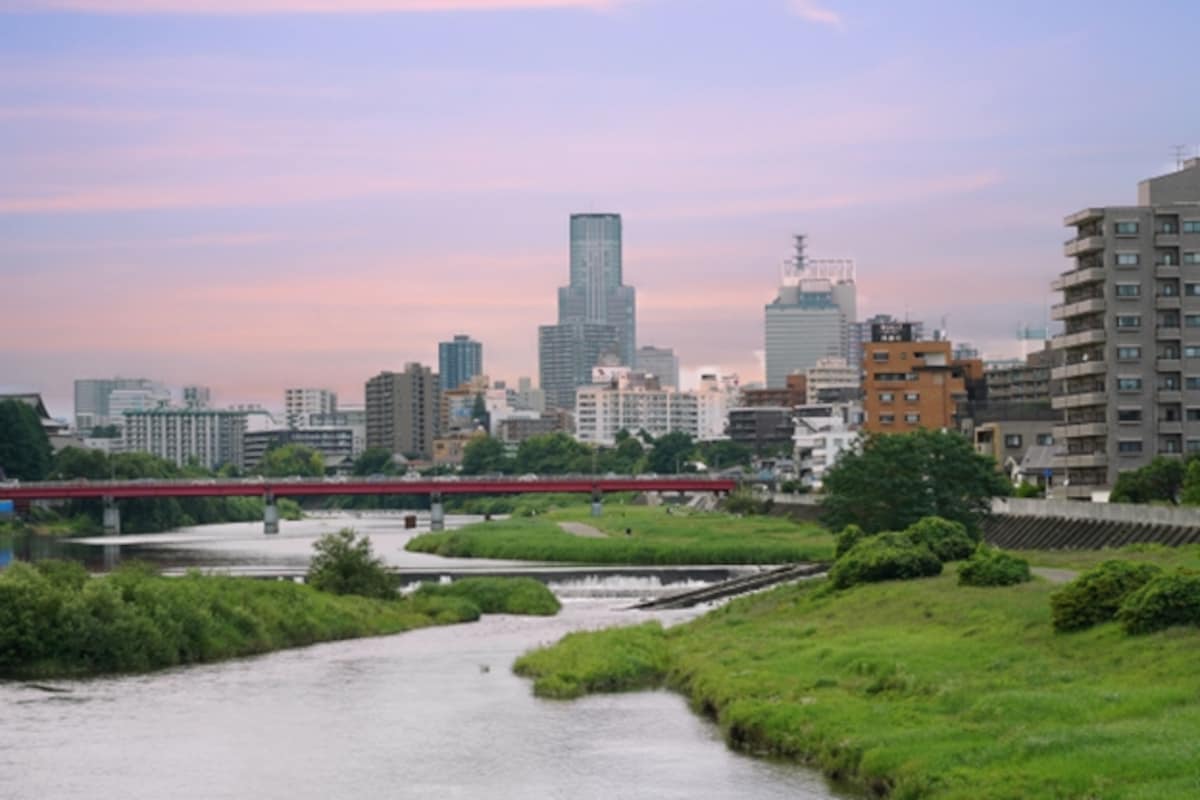
Highlights include the lavish Western-style Koyo Grand Hotel, the model for the hotel Jotaro Kujo stays at while in Morioh, the retro Mukadeya shoe shop, where antagonist Kira Yoshikage visits to have his coat button fixed, and the starting point for the battle with Sheer Heart Attack, Shiogama Port, where Joseph Joestar departs Morioh and the fight with Akira Otoishi takes place, and the Aobayama Tunnel, where Josuke and Rohan Kishibe are trapped by Yuya Fungami.
Running through central Sendai, the symbolic Hirose River (pictured above) also serves as a scenic backdrop for several scenes throughout the series, and is the origin of character name Koichi Hirose (as well as Part 8’s Yasuho Hirose).
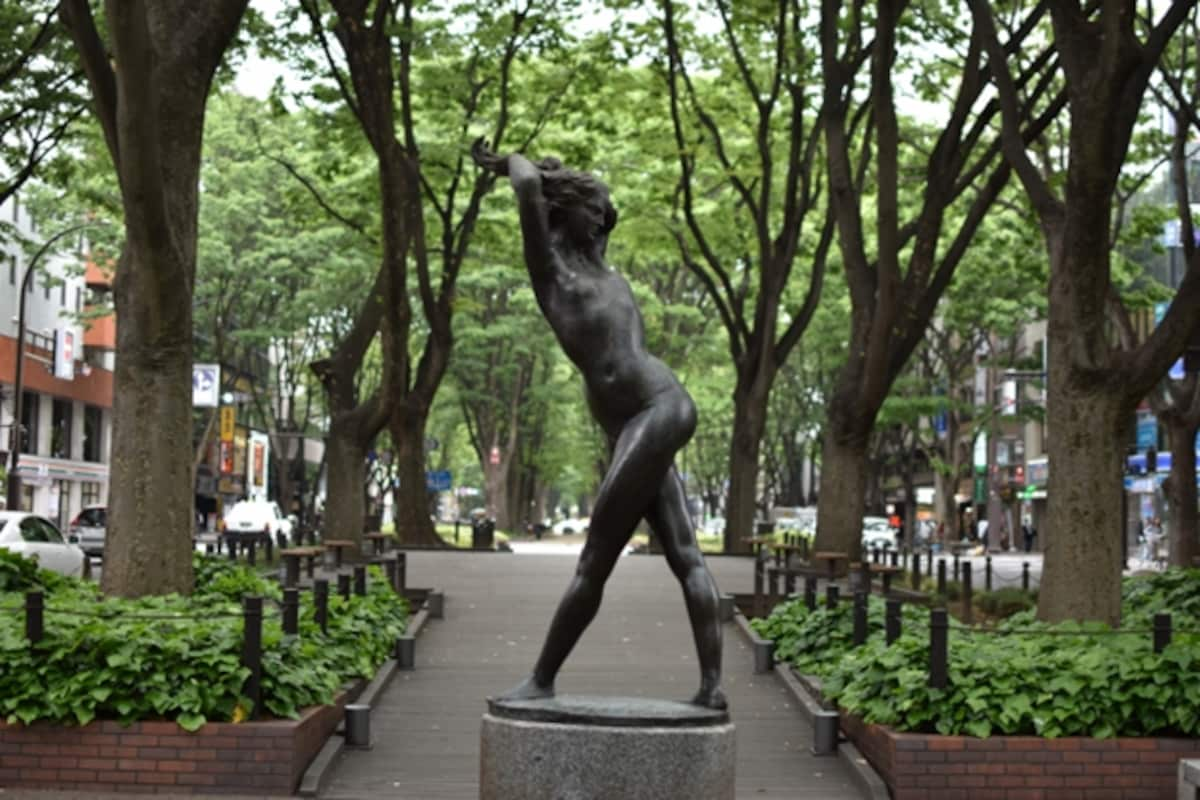
While not a part of the Jojo manga or anime, those exploring Sendai should stop by the gorgeous Jozenji-dori Avenue. The centerpiece here is a dynamic bronze statue titled “Memories of Summer” by Italian sculptor Emilio Greco, commissioned as part of a city commemoration project in 1977. Bearing a dramatic pose strikingly similar to the iconic “Jojo poses,” one can’t help but wonder if this work served as the inspiration behind Hirohiko's distinctive art style.
While a tad mundane, hungry fans should also make their way to Lawson on Yanagimachi-dori Street, which is said to be the base for the infamous imitator “Owson” that makes several appearances throughout the series. In a clever reverse guerilla marketing campaign, the store temporarily rebranded itself as Jojo’s “Owson” to celebrate the release of the anime in 2016, drawing in fans from across the nation. While it has unfortunately been restored to a regular Lawson, it’s still a fun way to witness the sights that colored the life of Hirohiko.
2. Slam Dunk (1993) - Shonan
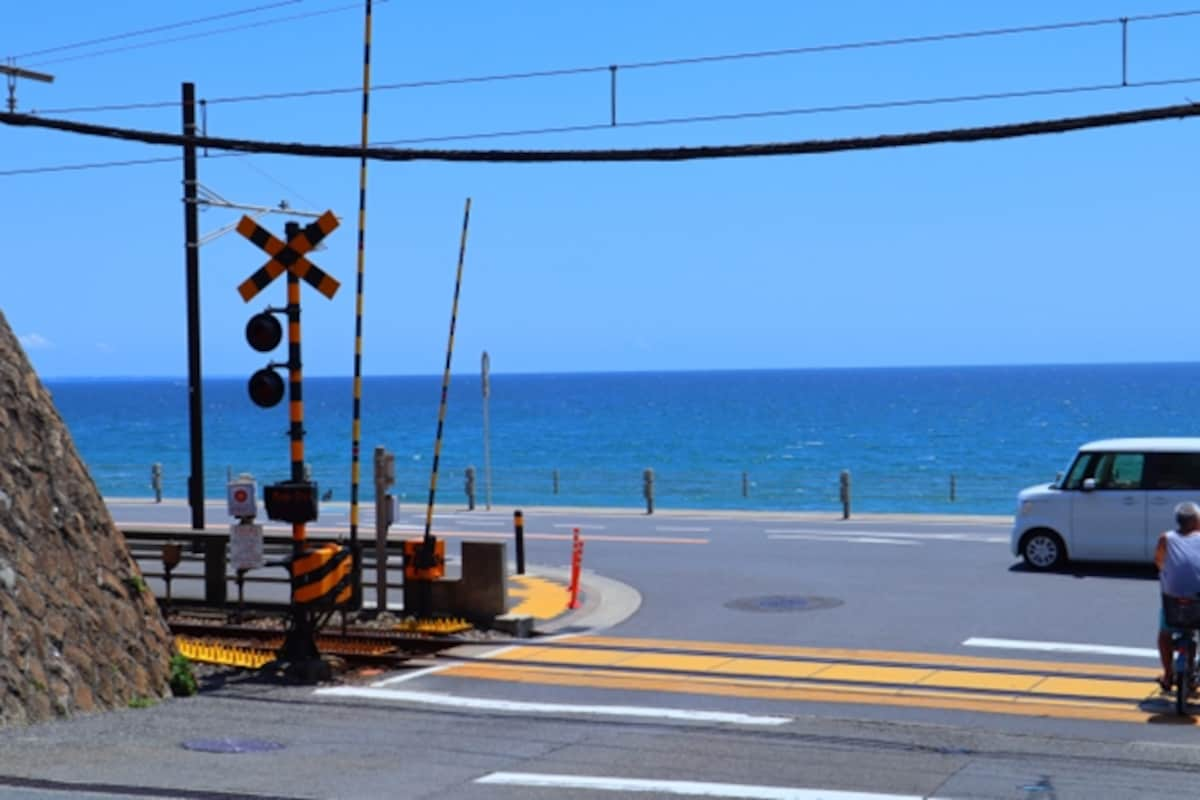
Slam Dunk is a beloved retro basketball manga series by renowned author Takehiko Inoue, receiving a 101-episode anime treatment in 1993 to universal acclaim. Much of Slam Dunk takes place on the Shonan coast, hosting hip, beachy neighborhoods in west Kanagawa Prefecture popular with surfers, artists, and trendy youth.
Without a doubt, the most iconic shot from Slam Dunk is the rail crossing at Kamakurakoko-Mae Station on the Enoshima Electric Railway (pictured above). This plain yet charming locale appears at the beginning of each episode between 1 to 61 in the anime's first opening credits sequence. Branded into the minds of fans and casual viewers alike, the crossing has blossomed into a local tourist attraction, enjoying newfound popularity overseas in the age of Instagram for its quintessential Japan vibes. For Japanese locals, such simple, everyday scenery invokes nostalgic memories of commuting to school and meeting a teenage crush, touching a nerve shared by several generations. The vantage point in front of the crossing is regularly packed with photographers, attempting to capture this same refreshing innocence.
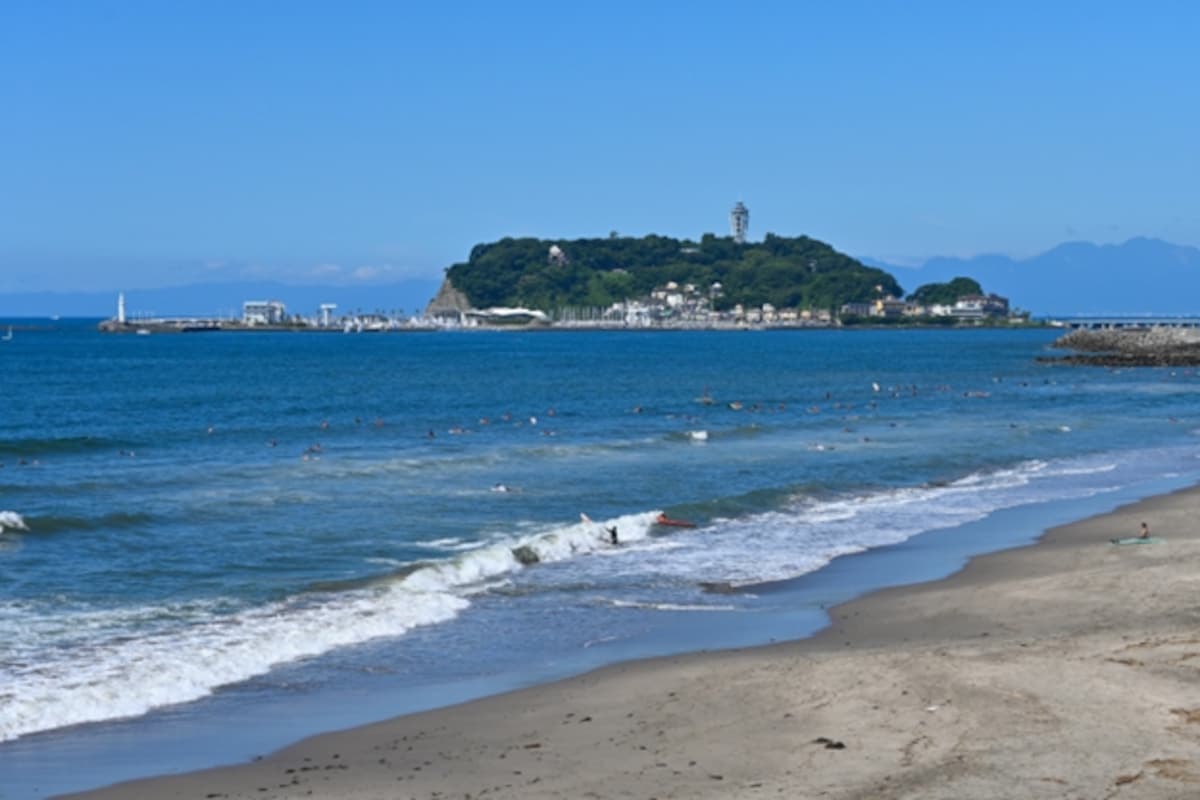
The surrounding Shonan streetscape likewise offers a breezy, laid-back getaway from the hectic sprawl of Tokyo, treating travelers to a day’s worth of alluring urban and coastal exploration. Additional Slam Dunk hotspots worth stopping by include Kamakura Seaside Park, whose picturesque embankment adorns the cover of the second manga volume, the Akibadaibunka Gymnasium, where the Shohoku vs Kainan basketball match is held, and Kamakura High School, the model for Slam Dunk’s Ryonan High School, which you can’t enter, but can freely stroll around to relive the Slam Dunk experience.
1. Demon Slayer: Kimetsu no Yaiba (2019) - Japan-Wide
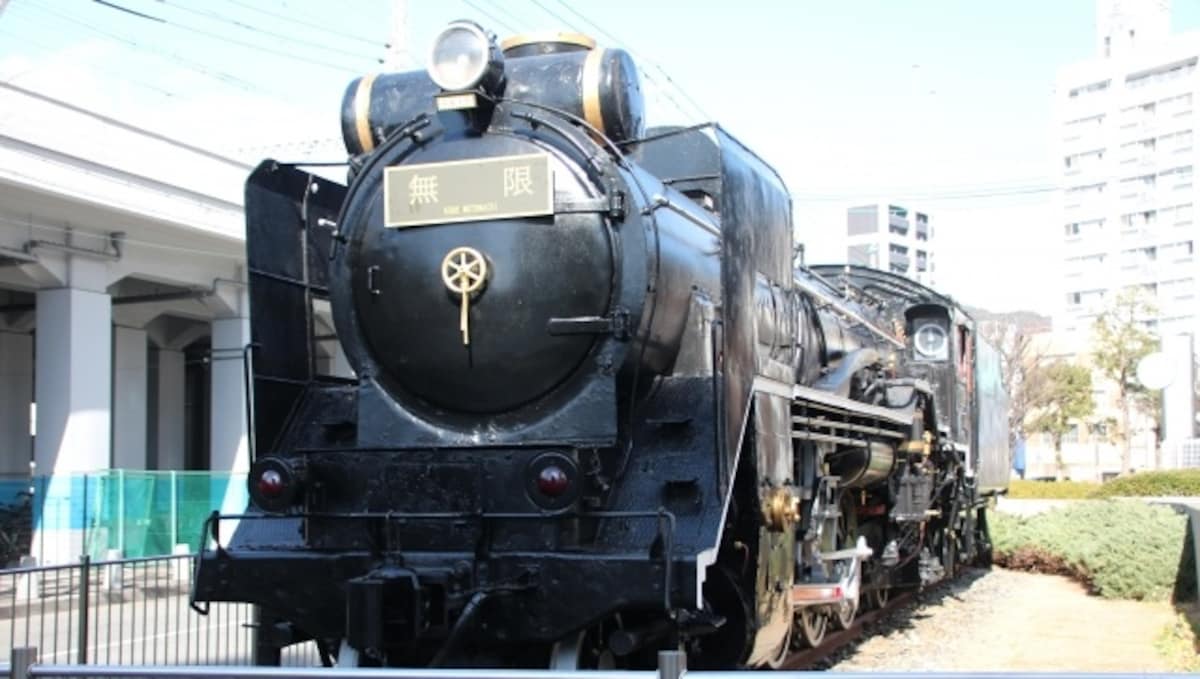
Demon Slayer: Kimetsu no Yaiba took Japan, and the world, by storm after its anime premier in 2019. The series is set during Taisho era Japan (1912–1926), a turbulent period when traditions often clashed with rapid modernization and westernization, making for a fascinating backdrop to this gruesome world of demons and despair.
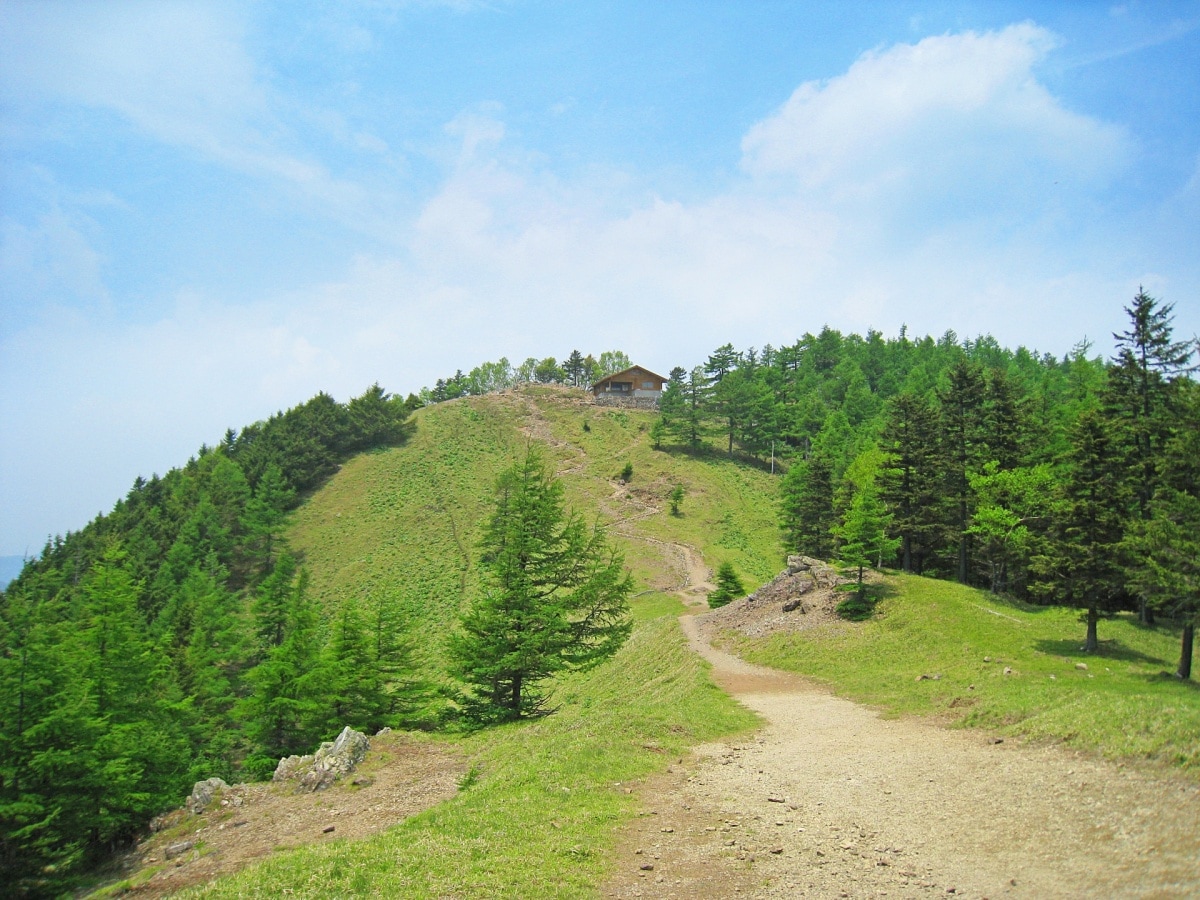
Numerous real-life locations are believed to have inspired scenes from Demon Slayer, much of which retains its original flair. For the adventurous and outdoorsy, the home of protagonists Tanjiro and Nezuko is said to be on Mt. Kumotori, which straddles the borders of Tokyo, Saitama, and Yamanashi Prefectures, making it surprisingly accessible. The mountain boasts a sizable 2,017-meter peak, three times higher than Tokyo’s significantly more popular Mt. Takao, attracting passionate city-dwelling mountaineers and hikers seeking a challenge. A five-hour trek to the summit of Mt. Kumotori will eat up your entire day, and while only ranked as an intermediate climb, it should not be attempted without proper preparation.
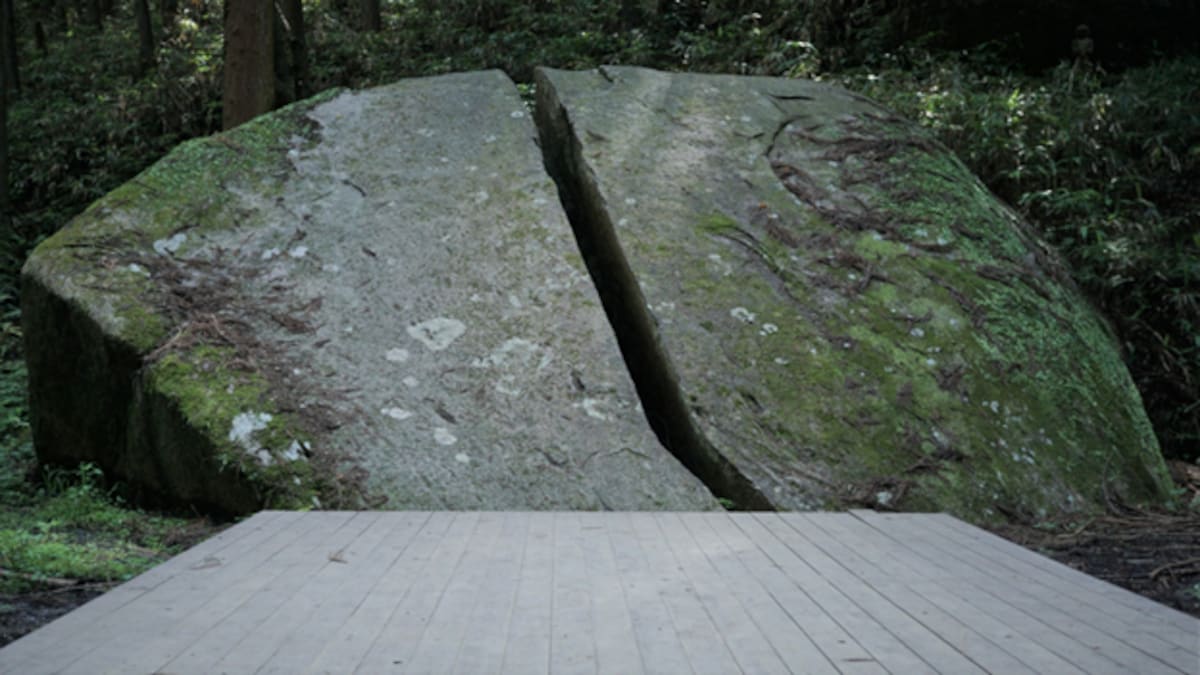
Another fascinating outdoor inspiration for the series is said to come from Amenoiwatate Shrine in Nara. Within these lush shrine grounds sits the awe-inspiring tto-seki Split Boulder, believed to be the model for the boulder that Tanjiro splits after completing his intensive training at the beginning of the story. Local legend claims that it was split during a fight between samurai Yagyu Munetoshi and the mythical tengu goblins that lurked in the forests. In Demon Slayer, Tanjiro’s mentor Sakonji Urokodaki also wears a tengu mask, deepening the anime’s ties to this ancient, spiritual site.
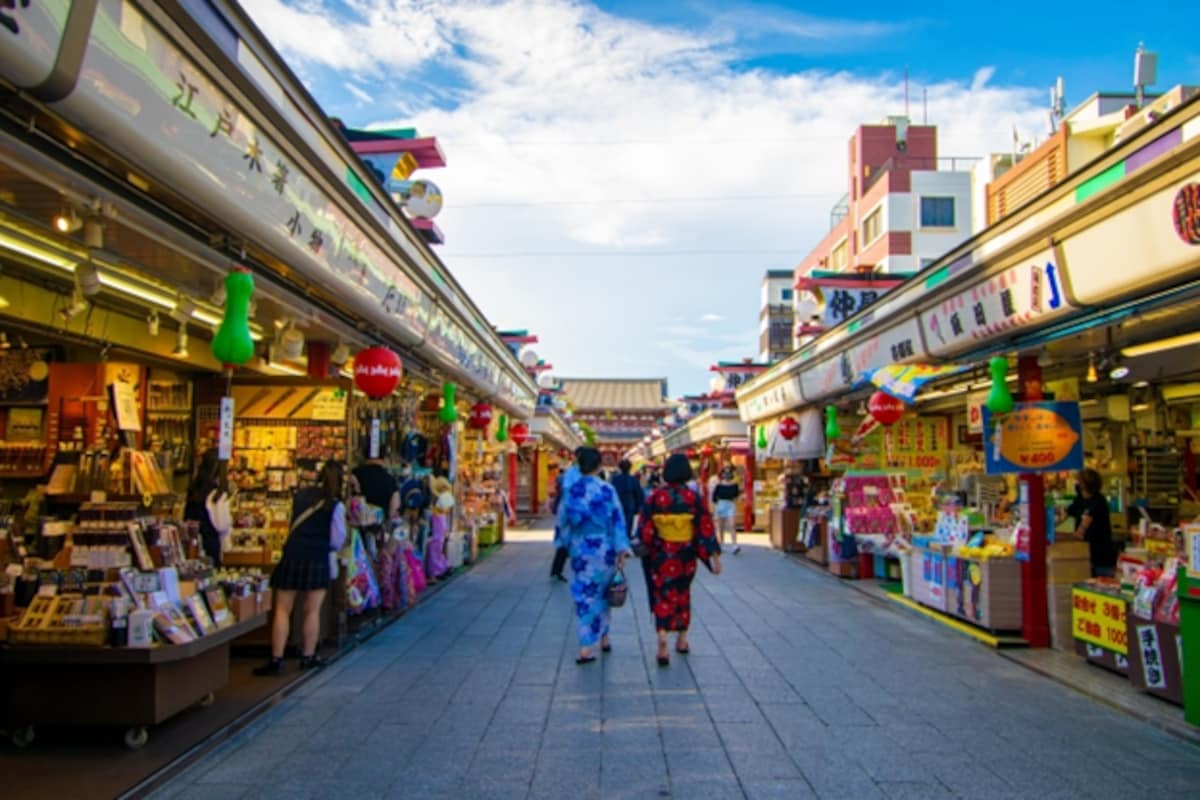
For urban exploration, head to Tokyo’s historical Asakusa district, whose radiant, colorful streets set the scene for Tanjiro’s intense first encounter with antagonist Kibutsuji Muzan. While the Ryounkaku Tower and pond that are highlighted in the anime no longer exist today, the current streetscape remains deeply imbued with similar retro aesthetics. Other famous Demon Slayer spots include the Ookawaso traditional hotel in Fukushima Prefecture, believed to have been the model for the Infinity Castle, along with the Kyoto Railway Museum, which displays vintage steam locomotives resembling the Mugen Train from the Demon Slayer film.



